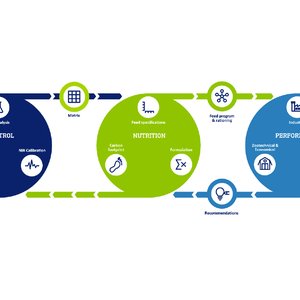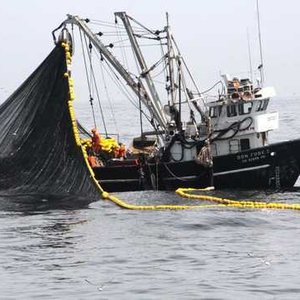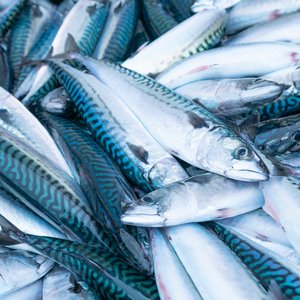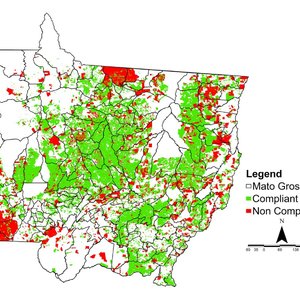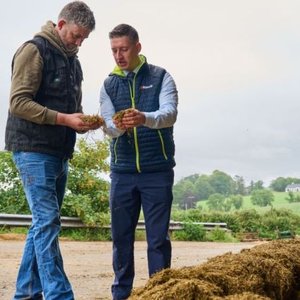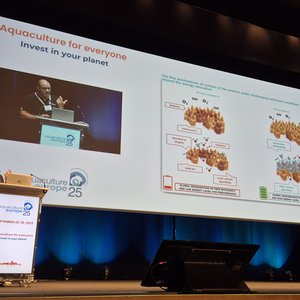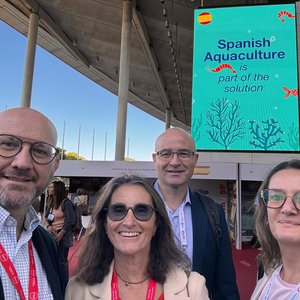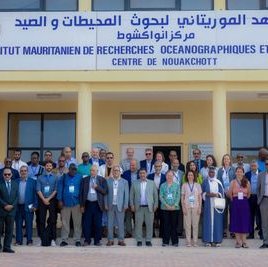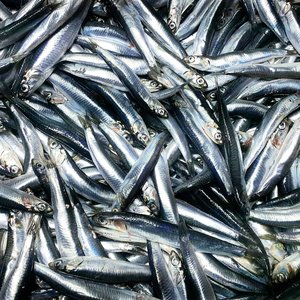A new study has found that including QRILL Aqua in low-fishmeal diets helps Atlantic salmon maintain growth, nutrient utilization, and fillet quality, while reducing the need for plant proteins and synthetic additives. Conducted by researchers from the Atlantic Veterinary College (UPEI), Dalhousie University, and Aker QRILL Company, the trial also found that higher krill meal inclusion improved the visual appearance of wounds after healing, a potential benefit for harvest quality and market value.
As today’s salmon feeds are mainly plant-based with small inclusion of marine ingredients to address resource sustainability, farmers face challenges such as reduced palatability, nutrient imbalances, and increased reliance on synthetic supplements.
Mark D Fast, Professor at the University of Prince Edward Island, stated, “Our findings show that higher inclusion of QRILL Aqua in low-fishmeal diets preserves fish growth and nutrient use — but importantly also leads to reduced scarring and improved gross appurtenance of wounds, which helps improve fillet quality and reduces economic losses for producers.”
Kiranpreet Kaur, Director R&D, Aker QRILL Company added that “this research shows that QRILL Aqua can maintain high fish performance in plant-based diets with low fishmeal. It’s a functional ingredient that delivers both nutritional and environmental benefits.”
Key results
The 25-week trial compared three diets containing 0%, 8%, and 12% krill meal (QRILL Aqua) with low fishmeal inclusion (10%). Salmon fed the krill meal diets:
- Required 33% less plant protein, lipid supplements, micronutrient additives, and synthetic astaxanthin in comparison to the control
- Showed significantly higher fillet pigmentation with 12% inclusion
- Displayed healed wounds with more uniform skin color at 12% inclusion, potentially reducing fillet downgrading
“The improved external appearance in the krill meal high-inclusion group indicates potential for supporting product quality and reducing economic losses, as uniform skin and fillet appearance is important for both market value and consumer perception,” said Kaur. “Our findings suggest QRILL Aqua may help fish with improved wound healing, which is an important welfare and quality consideration for the industry.”
Reference:
S.K. Whyte, K. Kaur, S.M. Colombo, S.M. Tibbetts, G. Brocca, R. Ghanei-Motlagh, E. Fajei, M. Soto-Davila, M.D. Fast. Effects of dietary inclusion of Antarctic krill (Euphausia superba) meal in low fishmeal diets on Atlantic salmon (Salmo salar L.) growth, nutrient utilization, fillet quality, and wound healing capacity. Aquaculture Reports, Volume 43, 2025, 102853, ISSN 2352-5134, https://doi.org/10.1016/j.aqrep.2025.102853



